DT Challenge - 5/6 Blockly - Space Invaders - Mini
Command an alien space fleet to save your home planet from global catastrophe. Build a fleet of drone ships using advanced top-secret technologies. On your journey to Earth, slingshot around a black hole and mine for valuable resources. Your mission is to outsmart Earth’s Global Defense System in your quest for precious water. We are counting on you, Commander! Long live the Zargan Empire.
Additional details
| Year band(s) | 5-6 |
|---|---|
| Format | Web page |
| Australian Curriculum Digital Technologies code(s) |
AC9TDI6K03
Explain how digital systems represent all data using numbers
AC9TDI6K04
Explore how data can be represented by off and on states (zeros and ones in binary)
AC9TDI6P01
Define problems with given or co developed design criteria and by creating user stories
AC9TDI6P02
Design algorithms involving multiple alternatives (branching) and iteration
AC9TDI6P05
Implement algorithms as visual programs involving control structures, variables and input |
| Technologies & Programming Languages | other programming languages |
| Keywords | Data Collection, Representation, Interpretation, Specification, Algorithms, Adaptations, Science, Branching, Interaction, Input, Output, Australian Computing Academy, Blockly, DT Challenge |
| Organisation | Australian Computing Academy |
| Copyright | University of Sydney. Creative Commons BY 4.0. |
Related resources
-
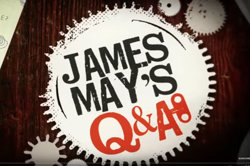
What are binary numbers? - James May's Q&A (Ep 11100) - Head Squeeze
Binary Numbers are explained in this video by Top Gear's James May.
-

Bloom's Taxonomy
This section provides a guide for developing assessment activities based on the key active verbs in the Australian Curriculum: Digital Technologies using Bloom's Taxonomy as a framework.
-

What's The Difference Between ICT Capabilities & the Digital Technologies Learning Area?
This blog summarises the differences between ICT Capabilities & the Digital Technologies Learning Area. The blog article is written by Dr Rebecca Vivian a leader in Digital Technologies working in the Computer Science Education Research Group based at The University of Adelaide.
-

Emulating nature's perfect pursuit
A case study briefly describing an AI project where scientists have adapted dragonflies’ neuronal processes into a unique algorithm that emulates the insect’s phenomenal visual tracking capability.
-
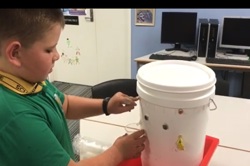
Denver's drink dispenser
Check out Denver, the young entrepreneur from Queens Beach State School Denver, and his home-made drink dispenser!
-
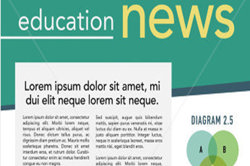
Home/School communications
In this lesson sequence, students use big data sets and school surveys, to design (and as an extension activity, make) a new digital communication solution for the school.
-
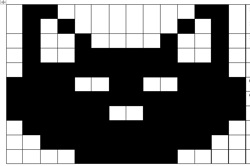
Using binary to create on/off pictures
In this sequence of lessons students develop an understanding of how computers store and send digital images and they are able to represent images in a digital format.
-
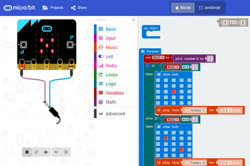
Micro:bit: Start Coding with the JavaScript Blocks Editor
A range of resources to get you started with the micro:bit - a tiny programmable computer.
